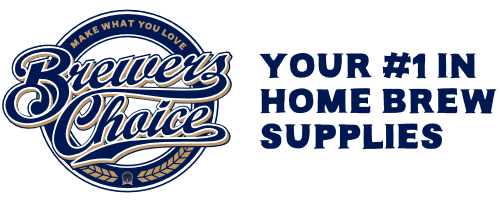Beer glass shape, material and thickness impacts on the longevity of the foam, and whether or not the aromas are caught and presented to the drinker’s nose. Thicker glasses will reduce the rate of beer warming thus tending to improve the persistence of the foam. Long cylindrical shaped pils glasses will have a higher surface to volume ratio, thus warm more quickly. Importantly, glasses with a relatively narrow brim compared to their body tend to concentrate aromas (i.e. hoppy) in the glass and present them to the drinker’s nose. Such glasses also result in reduced CO2 loss and more stable foam.
Furthermore, there are certain misconceptions surrounding beer. One of these myths is that ‘beer is bloating’. Beer as we know is a carbonated beverage, as is champagne and soft drink. The fundamental difference between beer and champagne if we are going to compare alcoholic beverages is that champagne is rarely, if ever, consumed directly from the bottle, (race car drivers are one of our exceptions here!). When beer is consumed straight from the bottle, the CO2 contained within the beer will of course end up in the stomach, being provided with no other escape route. If the beer is poured into a glass, certain amounts of the CO2 gas will be released into the air (just don’t tell Julia what we are doing or we may find ourselves hit with our very own carbon tax), reducing the amount of carbonation reaching your stomach and reducing the bloating nature of the beer. Having said that, those beers that create their carbonation or CO2 through natural processes (CO2 is a natural bi-product of fermentation), and allow the beer a good amount of conditioning time, will tend to have a much finer, champagne-like bubble. These fine bubbles will cause far less of the bloat – little bubbles, little troubles.
Some may counter, “most beer is drunk from a bottle”. Well, yes it is, and beer bottles are often attractive and convenient in their own right. However, the drinker is largely missing out on the flavour cues extolled above. Bottles being glass are not opaque, particularly with the current fashion for clear (flint) and green varieties, so that they allow the drinker to clearly view foam formed as a result of the drinking action. Lastly, in attempting to compare beer with wine, in at least more up market settings, it would certainly be considered to be passé or uncouth to drink wine from the bottle!

